In 2016, the Muslim holy month of Ranmadan covers the longest days of the year in the Northern Hemisphere.
Why does that matter? It makes Ramadan challenging because observant Muslims will observe strict fasting from sunup to sundown. At this time of year in New York City, for example, that means 15 hours a day of fasting. In December, daylight lasts only about 9 hours and 15 minutes. So, if you have Muslim friends making a month of 15-hour fasts, you’ll understand what they are going through?
Here are some questions and answers excerpted from “100 Questions and Answers About Muslim Americans.” This part of the guide was written by Read the Spirit’s Stephanie Fenton.
Arguably the most widely recognized Islamic observance among non-Muslims, the month of Ramadan brings 30 days of daytime fasting and intense prayer. (In some years and in some regions, Ramadan lasts only 29 days, depending on the crescent moon sighting.) The sincerity with which Muslims undertake Ramadan is reflected in news headlines across the globe. Muslim athletes in the 2012 Olympic Games and players in the 2014 World Cup had to make decisions regarding key competitions and days without a single drop of water. Ramadan requires that every able Muslim refrain from food, drink, smoking, swearing and sexual relations during daylight hours to focus on God and the Quran. Strict fasting during Ramadan is one of the five pillars of Islam.Muslims fast from sunrise until sunset each day of Ramadan. It is traditional for Muslims to break the daytime fast with three date fruits—just as Muhammad did. The major nighttime meal is known as the iftar, and it often consists of several courses and many dishes. In predominantly Muslim countries, nighttime streets are lively, filled with bright lanterns and packed restaurants. Daytime school and work hours are shortened during Ramadan, and in some regions—such as the United Arab Emirates—it is forbidden even for non-Muslims to eat in public during the daytime hours of Ramadan.
Laylat al-Qadr (Night of Destiny or Night of Power)
One of the last 10, odd-numbered nights of Ramadan
The holiest night of Ramadan is, according to the Quran, “better than one thousand months,” in a concept that stretches our comprehension of time and space. Laylat al-Qadr recognizes the night the Quran was first revealed to Muhammad, and though he never provided a precise date, Islam requires that devotees search for it among the final 10, odd-numbered nights of Ramadan. Though observances vary, it is generally accepted by Sunnis that Laylat al-Qadr falls on the 27th day of Ramadan; Shias celebrate Laylat al-Qadr on the 23rd day of Ramadan, as Muhammad did.
In spite of the generally accepted dates, many Muslims attempt to stay awake in prayer as much as possible during each of the odd-numbered nights during the last 10 of Ramadan. Muslims who are able to spend the entire final 10 nights of Ramadan in the mosque, where food is provided and a continuous worship is carried out, a practice called I’tikaf.
Most Muslims see Laylat al-Qadr as the culmination of Ramadan. This is the period of the most intense prayer, of the greatest giving, the night with the most powerful potential for worship.
Good to know: The Quran was revealed to Muhammad in a series of revelations over 23 years. The initial transmission, recognized with Laylat al-Qadr, began in 610 Current Era in a cave near Mecca.
Eid ul-Fitr (‘Lesser Eid’)
The 1st day of Shawwaal (the month following Ramadan)
The fasting days of Ramadan come to a close with Eid ul-Fitr, the Feast of the Breaking of the Fast. Not only do Muslims not fast on this holiday, it is forbidden for them to do so.
Given that more than one billion Muslims around the world observe Eid ul-Fitr, spellings, start dates—based still, in several regions, on moon sightings—and the length of the festivities can vary widely.
The new Islamic month of Shawwaal begins at sunset, and the following day, preparations begin before sunrise. Many Muslims pray, bathe and wear new clothing, stopping only for a small breakfast, traditionally dates, before heading to a mosque, hall or open area. It is recommended that Eid prayers be offered in congregation, so thousands overflow mosques, filling parks and even gathering in fields.
During Eid ul-Fitr, Muslims visit with family and friends, share communal meals and make donations. Festivities can last several days, and fireworks, carnivals, and gift exchanges add to the revelry.
Good to know: The customary greeting on Eid ul-Fitr is “Eid mubarak!” or “Blessed Eid!”

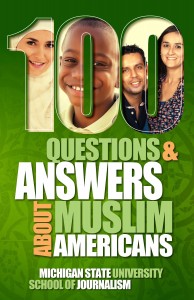
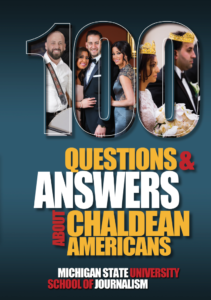
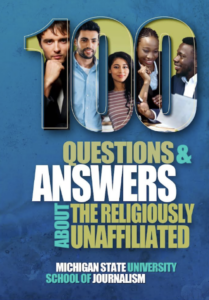
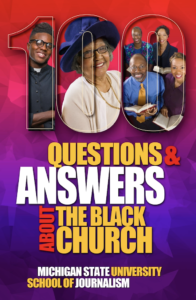
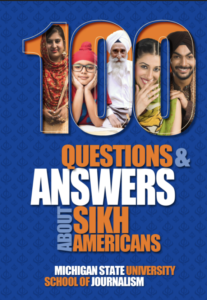

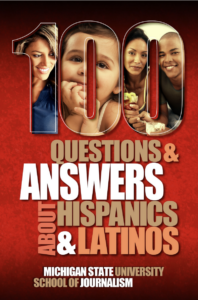
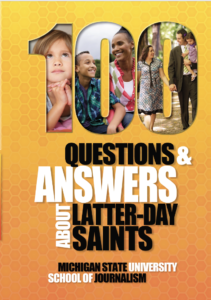

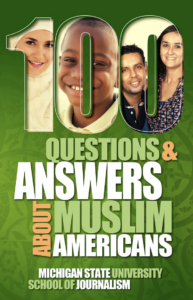
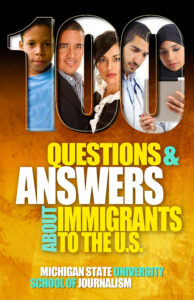
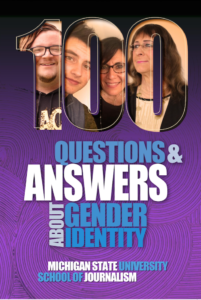
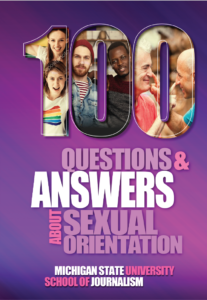
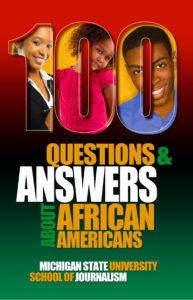

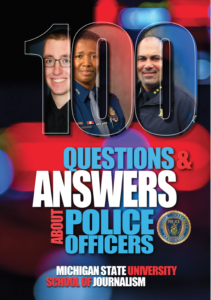




Blessed Ramadhan,“Eid mubarak!”
Really descriptive and clear content on Ramadan and its respective time, about Eid-ul-Fitr and especially about Laylat al-Qadr (Night of Destiny or Night of Power). By reading this topic my knowledge increased and I am feeling happy to read such an effective topic.